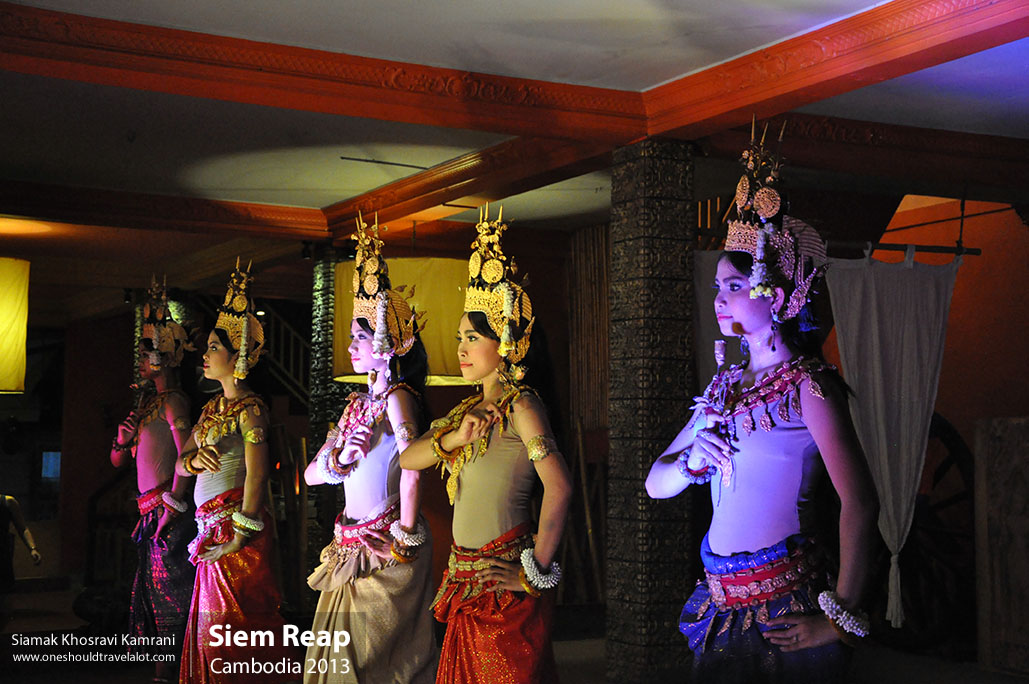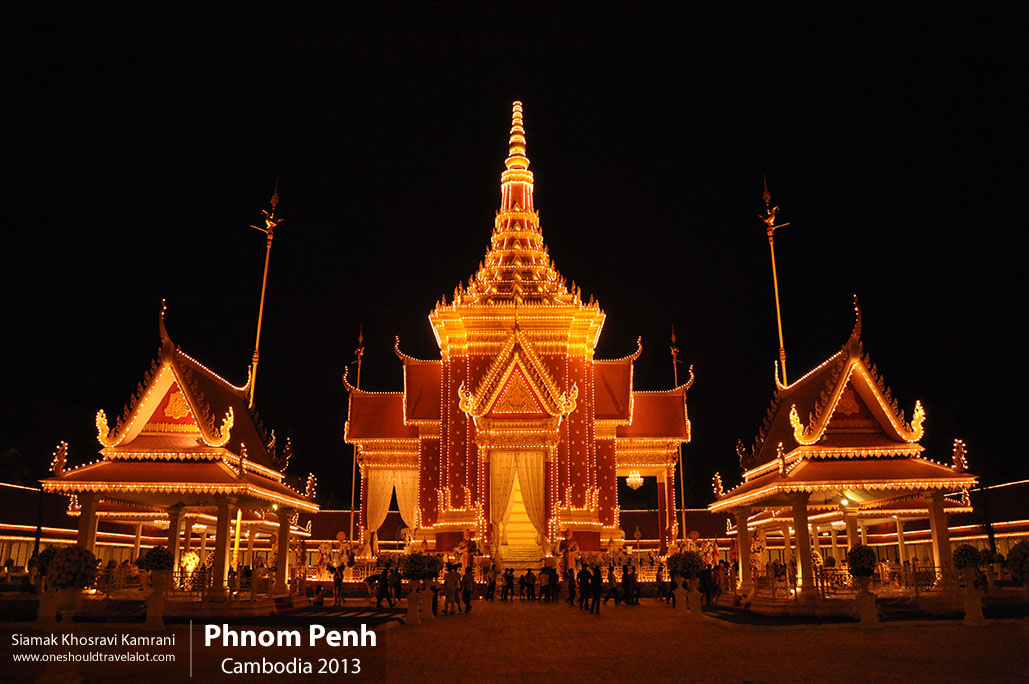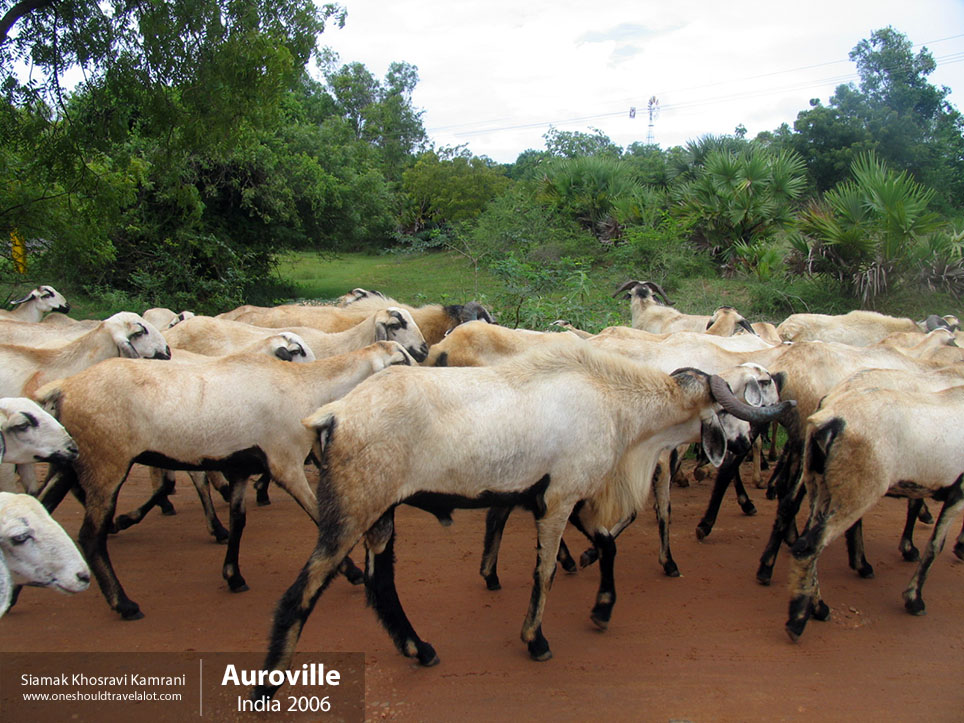A Photographer’s Journey to Kratie, Cambodia
Arrival in Kratie: The Heartbeat of the Mekong
As the morning sun cast its golden hue over the Mekong River, my boat gently docked at Kratie, a quaint town nestled in the heart of Cambodia. The rhythmic splashing of water against the hull seemed to echo the town’s serene ambiance, inviting me to explore its rustic charm. Known for its French colonial architecture and rare Irrawaddy dolphins, Kratie promised a rich tapestry of experiences, perfect for a photographer’s lens.
First Impressions: A Town Steeped in Tranquility
Walking along the riverbank, I was greeted by the sight of stilted wooden houses, their vibrant colors reflecting off the water’s surface. The air was filled with the scent of freshly brewed coffee and the melodious chatter of locals starting their day. Kratie’s atmosphere was a blend of historical charm and natural beauty, exuding a tranquility that was both soothing and invigorating.
The Warmth of Local Culture and Traditions
Kratie’s residents, predominantly of Khmer ethnicity, welcomed me with warm smiles and open hearts. The town’s culture is deeply rooted in traditions, with Buddhism playing a significant role in daily life. I was fortunate to witness a local ceremony at Wat Roka Kandal, one of the town’s oldest pagodas. Monks in saffron robes chanted prayers, their serene expressions reflecting a deep sense of spirituality. Capturing this moment, I felt a profound connection to the town’s cultural essence.
The Majestic Irrawaddy Dolphins: A Photographer’s Delight
No visit to Kratie would be complete without experiencing the majestic Irrawaddy dolphins. Early one morning, I set out on a boat trip to Kampi, a nearby village renowned for dolphin watching. As the boat glided through the calm waters, I kept my camera ready, eagerly scanning the river. Soon enough, a pod of dolphins surfaced, their sleek bodies gracefully breaking the water’s surface. The playfulness and rarity of these creatures made each photograph a treasured memory.
Exploring Koh Trong: An Island Time Forgot
Just a short ferry ride from Kratie lies Koh Trong, an island that feels like a step back in time. The island’s lush greenery and traditional stilted houses offered a stark contrast to the bustling mainland. Renting a bicycle, I pedaled along the dirt paths, capturing the simplicity and beauty of rural Cambodian life. Friendly locals, especially children, waved enthusiastically, adding a personal touch to my photographs. The island’s central feature, a stunning floating village, provided a unique perspective on the adaptability and resilience of its inhabitants.
Culinary Adventures: Savoring Khmer Delicacies
Photography isn’t just about capturing visuals; it’s also about immersing oneself in local flavors. Kratie’s culinary scene, rich with Khmer delicacies, offered a feast for both the eyes and the palate. At the bustling morning market, I sampled various street foods, from grilled fish wrapped in banana leaves to aromatic noodle soups. Each dish told a story of tradition and local ingredients, enhancing my understanding of the region’s cultural fabric.
Sunset Over the Mekong: A Perfect End to the Day
As the day drew to a close, I found myself back at the riverbank, ready to capture the famed Mekong sunset. The sky transformed into a canvas of oranges, pinks, and purples, reflecting off the tranquil waters. Locals gathered along the river, enjoying the cool evening breeze. With each click of my camera, I tried to encapsulate the serene beauty and the sense of community that defined Kratie.
The Societal Fabric: Observations and Reflections
Kratie’s standard of living, while modest, seemed rich in community spirit and cultural pride. The town’s infrastructure, though simple, was functional and catered to the needs of its residents. Education appeared to be a priority, with several schools scattered throughout the town, and the presence of non-governmental organizations working towards community development was noticeable. The societal conditions reflected a blend of tradition and progress, with a strong emphasis on preserving cultural heritage.
Language and Communication: Bridging Gaps
Khmer, the official language, was predominantly spoken, but I found that basic English was understood by many, especially the younger generation and those involved in tourism. Learning a few Khmer phrases endeared me to the locals, breaking down barriers and making my interactions more meaningful. The genuine curiosity and friendliness of the people made every conversation a delightful exchange of cultures.
A Farewell to Kratie: Lessons and Memories
Leaving Kratie was bittersweet. The town’s serene landscapes, rich cultural heritage, and warm-hearted people had left an indelible mark on my heart. Each photograph I took was more than just an image; it was a story, a moment in time captured forever. Kratie had not only enriched my portfolio but also my understanding of the world and its diverse cultures.
Practical Information for Travelers
Getting There: Kratie is accessible by bus from Phnom Penh and Siem Reap, with scenic routes offering glimpses of Cambodia’s countryside.
Accommodation: The town has a range of accommodations, from budget guesthouses to comfortable hotels, ensuring a pleasant stay for all travelers.
Best Time to Visit: The dry season, from November to April, is ideal for outdoor activities and dolphin watching.
Local Etiquette: Respecting local customs, dressing modestly, and learning a few basic Khmer phrases can greatly enhance your travel experience.
Kratie is not just a destination; it’s a journey into the heart of Cambodia’s cultural and natural heritage.



